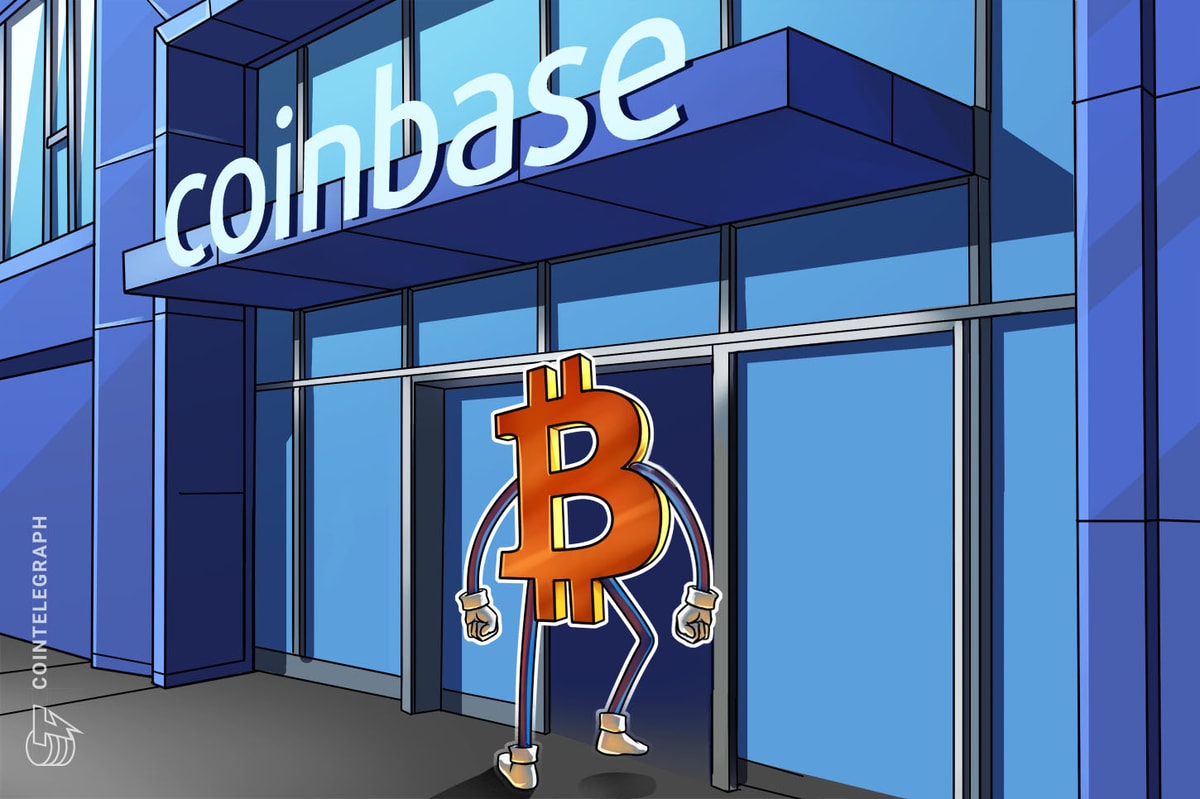The recent survey results published by the Bank of International Settlements produced bullish and bearish sentiments with regard to Central Bank Digital Currency adoption. While banks in Emerging Market Economies (EME) are moving more rapidly toward issuing government-sponsored CBDCs, those in established countries appear to be taking a more cautious stance on the transition from fiat currencies to digital.
The irony here is that the banks that could potentially catapult the world into the digital currency age are the ones that are the least likely to be the early adopters. What’s driving — or not driving — their reluctance to move faster?
1.6 billion people could have access to CBDCs in the next three years
That’s the most startling finding of the study, which was appropriately titled “Impending arrival — a sequel to the survey on central bank digital currency.” Respondents of the survey included 66 banks representing 75% of the world’s population and 90% of its economic output. Ten percent of the banks reported they would issue the first general-purpose CBDCs in the next three years, representing 20% of the world’s population.
This means that digital currencies, although centralized, have the potential to achieve an almost immediate mass adoption that the creators of cryptocurrencies and stablecoins have been working toward for the past 10 years.
When discussing the report’s findings with Cointelegraph, Himanshu Yadav, the co-founder and managing partner of Woodstock Fund, a multi-asset investment fund, said: "As CBDCs are rolled out, more and more people will want to understand what a digital currency is.” He went on to add:
“Some will ignore them, and some will explore them further, leading to a net positive gain in the cryptocurrency ecosystem. Developers will build tools that will allow for seamless exchange between CBDCs and cryptocurrencies, and the race for digital currency supremacy will take center stage in this decade."
Most of the CBDCs will be issued in emerging market economies
This makes perfect sense for EMEs, which have historically struggled with issues including payment efficiencies, safety and financial inclusion. Issuing a CBDC could reduce or even eliminate some of these system inefficiencies that stand in the way of serving current markets and expanding their reach globally.
Nataly Simson, the chief operating officer of Coinsbit.io, a cryptocurrency exchange based in Estonia, discussed what this new and large potential user base means to cryptocurrency to Cointelegraph:
“By increasing the number of users utilizing blockchain technology, industries will need to adapt to support these currencies for everyday purchases, not only trading. New marketplaces can grow in the underdeveloped countries that are considering CBDC implementations and is why our marketplace connects directly to Amazon and eBay, to empower acceptance and use of CBDCs and cryptocurrency. More consumers benefit the entire cryptocurrency ecosystem when unlocked.”
There’s an increase in cash, but its use for payments is declining
This trend reported by the banks provides insight into how consumers use money. Cash is being used to store value, not as a payment. The movement toward a cashless society continues to advance as people choose alternative forms of payment. The CEO of Element Zero, Jude Regev, told Cointelegraph that “brands issuing forked CBDCs may receive greater adoption than asset-backed government currencies.”
As consumers become more comfortable using digital means to exchange value, the transition to CBDCs is a natural progression. When predicting the future impact CBDCs will have on cryptocurrency, Monica Singer, the South Africa lead for Consensys, an Ethereum-focused innovation firm, stated:
“Once users are aware how easy CBDCs are to use, they will be keen to invest and experiment with cryptocurrencies. Cryptocurrencies will in the future be used as a store of value, in particular, those that are collateralized and where the governance is understood and properly risk-managed.”
Dr. Wulf Kaal, professor of law at the University of St. Thomas School of Law, told Cointelegraph that he also believes that cryptocurrencies may benefit from increased CBDC usage:
“Bitcoin benefits from the increasing adoption of CBDC, as it will be considered as a staple and default investment in digital assets. The degree of benefit for Bitcoin, again, depends on the ability to convert CBDC into Bitcoin and vice versa.”
Despite this notion above, so far, decentralized tokens remain under the radar. Consistent with the results of the 2018 survey, the banks reported no significant change in the use of cryptocurrencies for payments, but 60% said they are “considering” the impact of stablecoins on current monetary systems. Many of these institutions are researching the potential risks to their businesses associated with the potential for stablecoins to become mainstream.
Banks in advanced economies are more confident in their current institutional systems
Looking at the survey responses from the central banks, it’s apparent that some do notice the value blockchain presents to their current systems used to manage currency transfer and issuance. Their motivations for issuing a general purpose CBDC also include financial stability, payment efficiency and safety, but financial inclusion was low on their list.
This indicates these banks are sure that they are presenting individuals and businesses with affordable financial offerings that meet their needs. As one of the initial premises of Bitcoin (BTC) was to provide a means for people from all walks of life to exchange assets in a peer-to-peer system, a CBDC may not be necessary or desirable in these economies — at least not yet. When discussing the reluctance for more advanced economies to issue CBDCs, Justin Newton, CEO and co-founder of Netki, a KYC and AML provider, said:
“Current fiat-to-crypto exchanges are like the modems of the internet days. They provide a critical bridge between the legacy world and the new digital world as adoption grows. In the case of the internet, it wasn't really until the advent of DSL and cable modems — and then fiber — that we saw the ubiquitous uses of it that we have today. Similarly, CDBCs are always on, always available digital versions of their older, analog counterparts. With their availability, it will make it easier for people to move in and out of truly open and permissionless networks.”
Advanced economies are cautious about CBDCs
As good as the survey information presented by the BIS is, responding banks may be holding back on their plans to issue CBDCs due to their very competitive nature. But many of these banks reported that they continue to research digital currencies and the feasibility of issuing their own.
While central banks are moving in the direction of issuing their own digital currencies, central banks in more advanced economies may see less of a need for radical change and development. Svet Sedov, the founder of SvetRating, a decentralized due-diligence platform, told Cointelegraph:
“It's difficult to imagine why any central bank would want to design a currency, which won't be a subject of direct [governmental] control. Therefore, it's difficult to predict what future barriers for cryptocurrency’s mass adoption will be mounted by various government agencies across the world. Until recently, all those efforts have proved to be only marginally effective — slowing but not stopping the spread of crypto.”
Central banks play a critical role in the global economy, so any blockchain implementation has the potential to grow the ecosystem in a positive way. While central banks from more established countries will proceed cautiously, the strength of blockchain technology will be recognized by government agencies.











